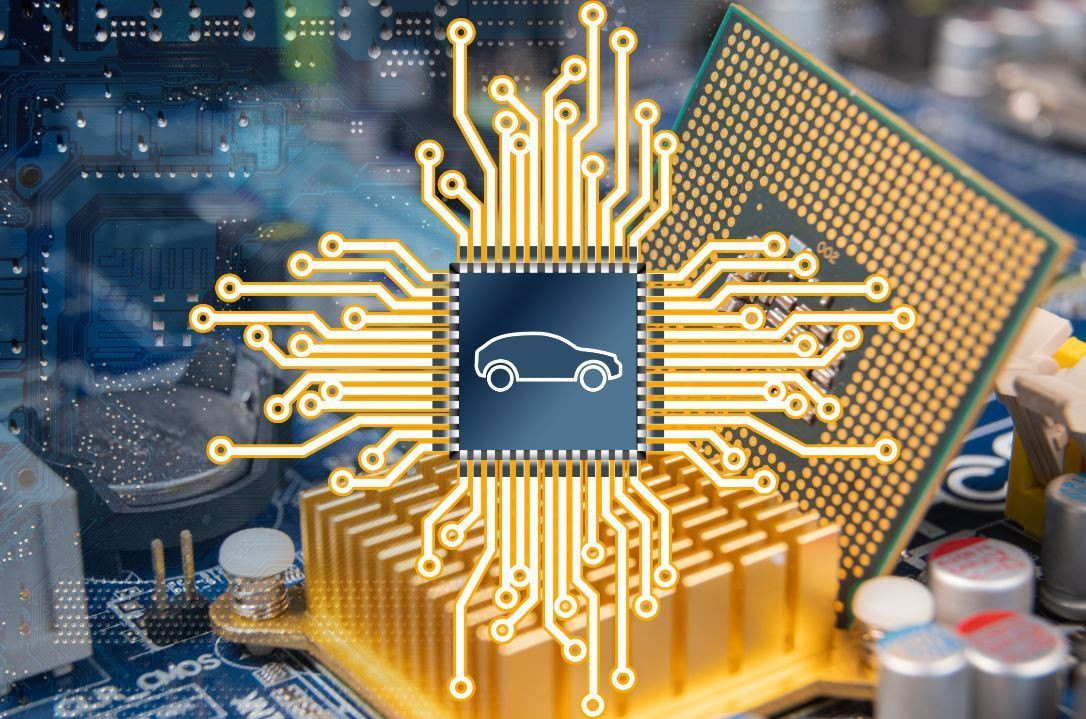
“Twenty-five years ago, when FPT decided to ‘go global’, many people thought this was not feasible. But now FPT can make a lot of products being used by tens of millions of people all over the world,” Tien said.
Tien spoke at the seminar held by the National Innovation Center (NIC) in Hanoi some days ago.
“In 2015, when we kicked off the plan to export $1 billion worth of software, many people said we were just boasters. But on December 31, 2023, FPT stated that it had $1 billion from software exports,” he said.
“The same thing repeated one year ago, with chips and semiconductors. But believe me, unlike us, who had to spend 25 years to become one of the top tech firms with revenue of over $1 billion, young people just have to wait five years. In 2030, when talking about chips and semiconductors, people in the world will name Vietnam as a must-visit destination,” he added.
At the latest FPT shareholders’ meeting, FPT president Truong Gia Binh stated that FPT had sold 70 million chips to clients in Japan and South Korea, and that clients have made strong commitments about cooperation with FPT.
Believing that chips and semiconductor will serve as a major driving force for development for the next 25 years, Tien said that the goal is attainable thanks to the special character of Vietnamese – persistence, patience and ability to adapt to new things.
Several days ago, when he visited Lang Son, a mountainous province, Tien was surprised when seeing a robotics competition with 27 competition teams from Lang Son city and 10 poor districts as well.
More surprisingly, all secondary and high schools in Lang Son have teachers teaching robotics and STEM (Science, technology, engineering, and mathematics) education is carried out at nearly all schools in the locality.
In Vietnam, STEM is included in the curriculum for students from the first to 12th grades.
Opportunities and challenges
Vietnam’s first semiconductor micropchip factory, Z181, was established in 1979, according to deputy chair of NIC Vo Xuan Hoai.
It once exported semiconductor equipment to Europe, but had to stop operations later. Ten years ago, Vietnam wanted to develop chips, but the plan failed. And now Vietnam once again has a new opportunity thanks to demand for diversifying the supply chain in the semiconductor industry.
Vietnam has been chosen for supply chains thanks to its stable geopolitical condition, the strong determination of the central government; and comprehensive strategic partnerships with countries with developed chip industries, such as the US, Japan and South Korea. Taiwan (China), is also paying attention to Vietnam to diversify the supply chain.
Le Hai Anh, CEO of Dolphin Technology Vietnam Center, pointed out great advantages of Vietnam, including the high number of Vietnamese engineers now working in the US, South Korea, Singapore and Taiwan (China). This has helped multinationals see the high quality of the Vietnamese workforce and prompted them to open offices in Vietnam.
Vietnam has 40 companies operating in the semiconductor industry, most of which are foreign invested enterprises. Most of them undertake works outsourced by the headquarters in other countries.
There are some purely Vietnamese startups among the 40 companies. The startups are small, with just 10-20 engineers, and are expanding.
However, Vietnam’s contribution to the global semiconductor supply chain remains modest, and is facing difficulties in developing the industry, including the lack of reciprocal capital and a legal framework with outstanding incentives. The most important factor is preparing a high quality workforce.
The American Semiconductor Industry Association estimates that the world will need 1 million more engineers in the field.
Harsh Bharwani, CEO of Jetking Global, noted that the greatest advantage of Vietnam is the young population and students’ inclination to study subjects related to technology and engineering.
Trong Dat